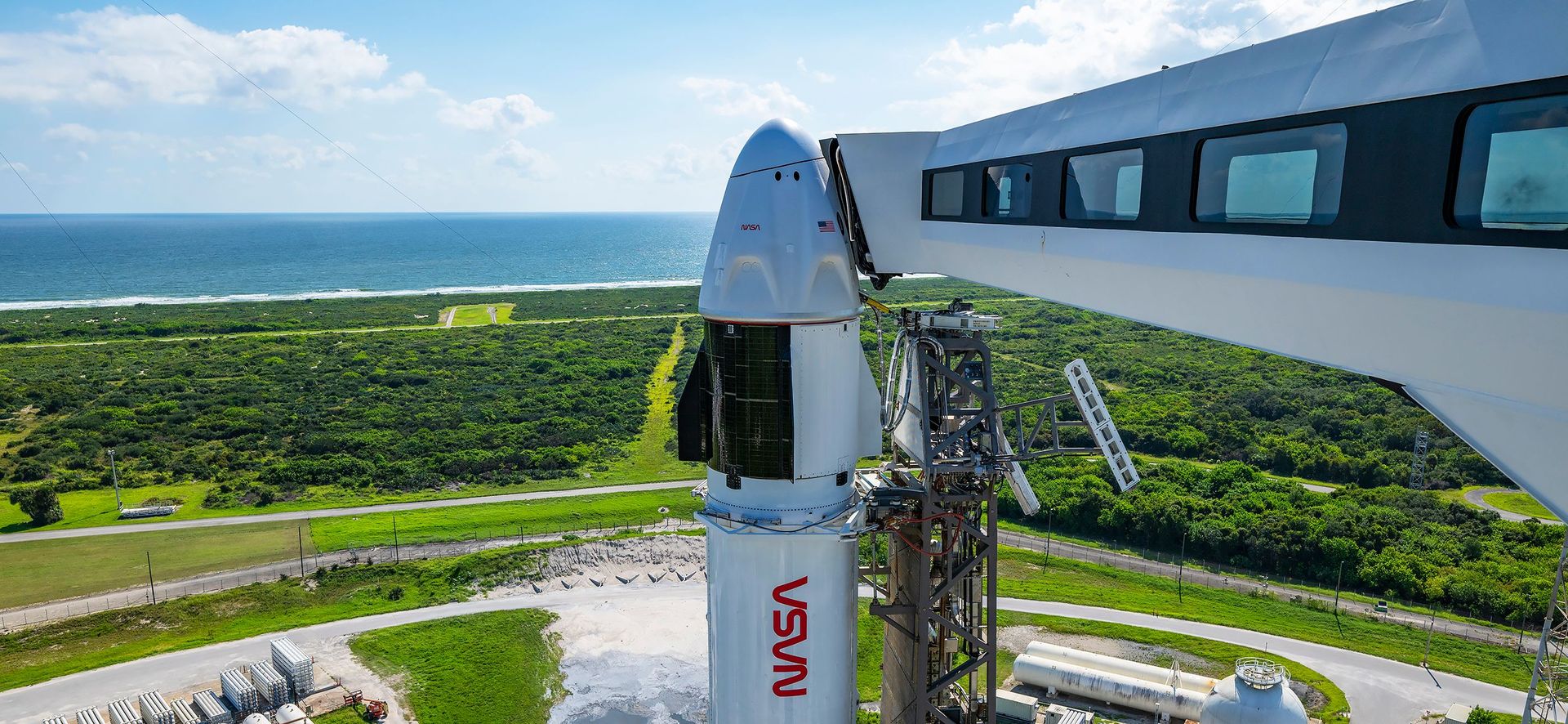SpaceX’s Starlink satellite internet service has reached 4 million subscribers. The company’s president, Gwynne Shotwell, announced the milestone during a call with Texas lawmakers. The announcement aligns with SpaceX’s milestone approval, underscoring how quickly Starlink gathers users worldwide.
Starlink’s growth has been quite remarkable. Since beta testing began in October 2020, there has been a huge increase in the number of subscribers to the service. In about two years, Starlink gathered 1 million users, and now, just months after surpassing 3 million in May, it has managed to add a million subscribers. This rapid expansion seems to be the beginning of what the company can do: serve globally instead of Internet providers in countries.
Starlink is connecting more than 4M people with high-speed internet across 100+ countries, territories and many other markets.
Thank you to all of our customers around the world! 🛰️🌎❤️ → https://t.co/zR6w4t1qM9 pic.twitter.com/sk7wucihxH
— Starlink (@Starlink) September 26, 2024
A constellation like no other
Starlink’s success is predominantly because of the growing network of satellites it is cultivating. The availability of the service reaches almost 100 countries thanks to nearly 6,000 satellites already in orbit, serving both individual customers and large businesses such as airlines and cruise lines. The widespread reach is essential to Starlink’s major gain of new customers at remarkable speeds.
The company’s fast-growing revenue also reflects its rapid growth. The research firm Quilty Space indicates that Starlink is currently on track to generate $6.6 billion in revenue in 2023, a gain from the $1.4 billion earned just two years ago. This financial achievement is vital for supporting SpaceX‘s grand objectives, particularly its adventurous ideas for space exploration.

The bigger picture behind Starlink
Starlink provides satellite Internet and is a component of SpaceX’s overarching strategy. SpaceX CEO Elon Musk has frequently stated that revenue from Starlink will fund the development of Starship, SpaceX’s large reusable rocket designed for space exploration. As Starship becomes functional, SpaceX can increase satellite launches at a higher rate, further improving the service.
Since it launched, Starlink has disrupted the satellite internet sector. It has acquired a considerable portion from earlier providers, such as Viasat and SES, which work in upper geostationary orbits. Though Amazon’s Project Kuiper is pursuing a satellite constellation, they have not yet initiated commercial operations, placing Starlink at the front of the developing industry.

As Starlink expands with over 4 million subscribers, traditional internet providers worldwide have mixed reactions. Some regional providers in North America, like HughesNet and Viasat, are responding by adjusting their services and pricing models to compete with Starlink’s higher bandwidth and global reach.
HughesNet, for instance, has launched new services like Fusion, which combines GEO and fixed wireless services to offer lower latency. However, these companies face challenges, as Starlink’s aggressive pricing strategy—ranging from $50 to $120 per month—offers much higher speeds than traditional satellite options. In comparison, HughesNet and similar providers typically charge around $50 for 15-25 Mbps or over $150 for speeds comparable to Starlink’s 100 Mbps.
In the U.S., the average cost of traditional broadband internet from providers like Comcast or AT&T hovers around $60 to $80 per month for similar speeds, putting Starlink in a comparable price bracket. However, Starlink’s advantage lies in its ability to provide coverage in remote and underserved areas where conventional providers often struggle. This makes Starlink an attractive option despite its relatively higher equipment cost of around $500.
As competition heats up, traditional ISPs and satellite services are innovating and exploring new ways to maintain market share. Still, Starlink’s rapid growth and ability to lower equipment costs in some regions challenge existing providers.
Featured image credit: Starlink





